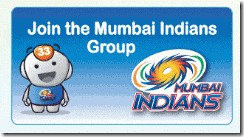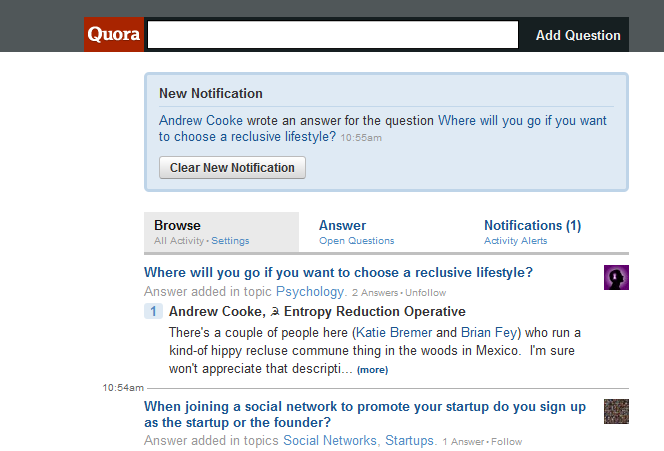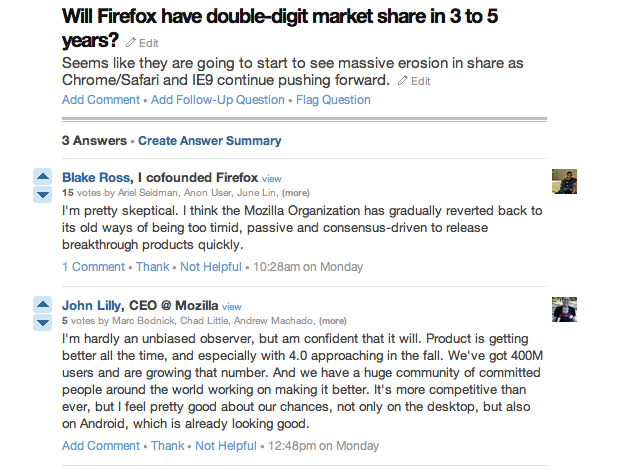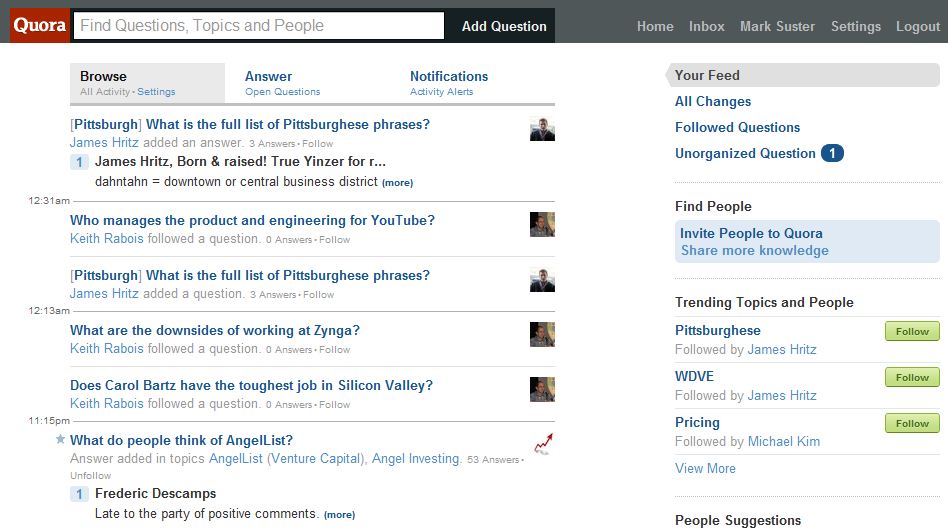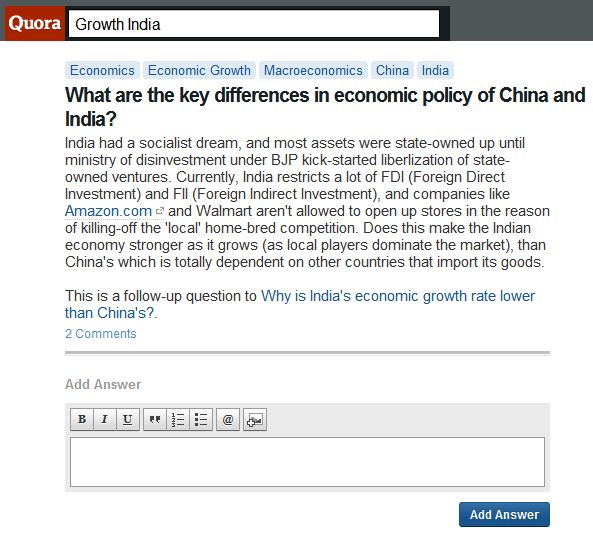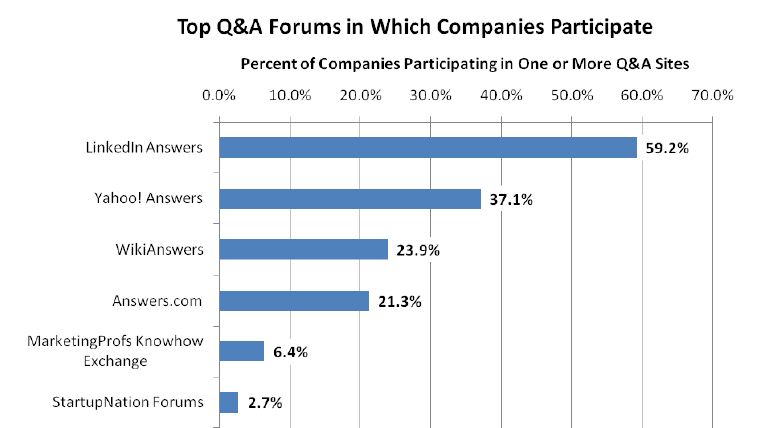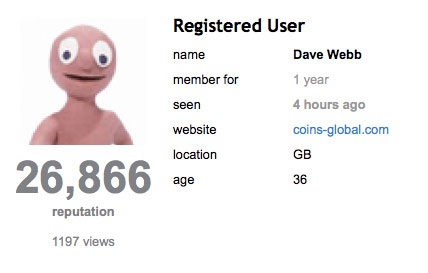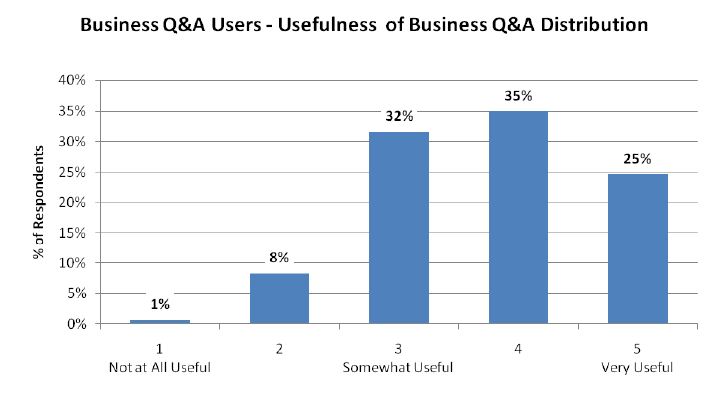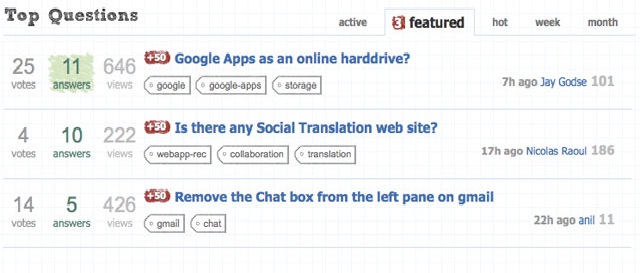Look whose calling
With mobile coverage penetrating the length and breadth of the country and new technology helping deliver better and faster connectivity, mobile internet access is gaining acceptance with Indians. Also, with the tariff plans now looking much better than what they were a decade back, the cost of logging on to the internet is as lower than sending a standard message. This has helped the growth of a new networking platform, the Mobile Communities or the Mobile Social Networking.
Mobile Communities
The new number
Mobile social networking is social networking where one or more individuals of similar interests or commonalities, conversing and connecting with one another using the mobile phone. Much like web based social networking, mobile social networking occurs in virtual communities.
Native mobile social networks focus on mobile use like mobile communication, location-based services, augmented reality requiring mobile devices and technology. Advances in hardware and software technology have facilitated the existence of these mobile virtual communities.
With the current software that is available, interactions within mobile social networks are not limited to exchanging simple text messages on a 1-to-1 basis (SMS) but are constantly evolving towards the sophisticated interactions of Internet virtual communities.
Mobile Communities are scoring over SMS based communities also since they eliminate the annoyance of constantly receiving SMSs. This also means that for an individual to send a message to the group they themselves don’t have to use SMS facility but either use the WAP or Internet connection which is now cheaper than SMSs in many places.
Different connection
Lets face it. Facebook and Orkut are more or less an urban trend. It is a tool for youth of Tier I and to some extent Tier II cities. With an established tone on these platforms, it takes a lot of adjusting for people from smaller cities to get used to what is being said. With smaller numbers as of now, mobile communities are still shaping up. People are finding it easier to get an acceptance in such places rather than on Facebook where snob value is now at an all time high.
Also, the key difference between a web social networks like Facebook and Orkut and mobile social networks is that while Facebook and Orkut are a global platform, a lot of mobile social networks are region specific and catering to the non Facebook/Orkut markets where mobile internet is growing faster than pc based internet usage.
(Source: http://www.pluggd.in/mobile-only-internet-generation-in-india-297/)
Say Hello
Amongst the various providers of Mobile Social Networking or Community gateway, mig33 is a leading player. Present internationally and in India as well, mig33 has users from over 100 cities in the country. Essentially mig33 is a free online mobile application that lets users send cheap texts, make cheap calls, chat in one of the many chat rooms and you can even add your MSN or Yahoo buddies and talk to them.
Mig33 user profile
When users open mig33 on their mobile it will connect to the Internet or WAP as it is known. The application has seen a huge growth and an uptick in download from Tier II and Tier III towns in India. Its members engage in vibrant chat communities, share photos, send gifts, play games, post on each other’s profiles, join groups, create avatars and much more. It is optimized to work on practically any internet enabled mobile phone in India, even low-end handsets.
Chat Room
mig33 has several million users in India, providing entertainment services beyond instant messaging, including social games and virtual gifts. Its player-to-player games like ‘mig wars’ and ‘heads and tails’ are especially popular in India, while leader boards and virtual currency has led to the stickiness of the application and user loyalty.
Mig33 Cricket Game
The virtual gifts are something which is most popular amongst the users. According to a survey done by mig33, Indian users feel that virtual gifting helps them save costs on real gifts and 69 per cent of the users spend on virtual gifts that cost less than Rs 15. Such gifts usually include a hug, a kiss, virtual roses etc. The survey further said that in tier II cities, 40 per cent of the users spend on gifts that cost between Rs 5 and Rs 15.
Mig33 Gifts
Another great feature to this is that user can add groups, so for example if a user has lots of family contacts on different sites but they also use Mig33, then he/she can keep them separate from the rest in a group called “Family”.
mig 33 and other social networking is more about entertainment and making new friends in tier II and III towns as opposed to tier I cities where it is about being in touch with majority of friends. For the mobile-first community, social network is a friend itself rather than a place to meet friends.
Brands dialing in
Brands are starting to see this is as precise and targeted ways to build an emotional connect with the users. Early on, when ‘Luck by Chance’ was released, BIG Pictures hosted a contest with Mig33, with people getting to talk to the stars of the movie over their network. People were asked to share their lucky charms, and in less than three weeks, over 15,000 entries were received.
With target audience number reaching close to 50 million on some of these networks in India, it is now sounding as a very attractive marketing tool. Though it is still in nascent stage of development, the first mover advantage cannot be neglected.
Mumbai Indians Group on mig33
With the belief that the rise of IP and wireless technologies would redefine the way people connect and build their relationships and communities, the brands are looking to at every opportunity to reach out to an awaiting audience.
Sponsored community channels that add value to users while building a brand are another effective tool. Another tool that these networks can offer is the sale of branded virtual goods and social games. All these work very well with smaller cities as not everyone in these cities get to log on to internet using their laptops or computers. Their mobile phones are their only constant source of internet connection and hence, it is very important to be present on these devices since they spend more time on mobile, thus, leading to higher brand recall.
Verdict
It seems clear that mobile networks are going to continue to grow, and represent a viable channel for advertising and marketing efforts. What’s key though, is that like any of the new digital mediums, advertisers have to be willing to learn how to effectively use the medium, before they worry about RoI.









